My Advice After Hiking Alone As A Woman All Summer
A part of being a solo traveler/nomad is also being a solo hiker. I’m constantly on the move and while sometimes I do find a fun hiking buddy in the area, more often than not I hit the hiking trail solita.
I loooovve spending time alone as a woman. It allows me to hear my own thoughts. And when I’m in the natural world, those thoughts seem to untangle and float away.
So solo hiking is one of my favorite hobbies this summer. And many other women do it too.
I’ll go through everything you need to know and carry with you when hiking alone as a woman. I’ll start with the safety measures I take and then follow with 13 solo hiking tips to make the entire experience a whole lot better.
Is it Safe to Hike Alone as a Woman?
Hiking alone as a woman can be both empowering and challenging. The key to safe solo hiking is preparation and awareness. According to a study conducted by the International Journal of Environmental Research and Public Health, most hiking injuries are due to falls or slips, not from encounters with people or wildlife. This means the primary safety concern for solo female hikers is personal health and physical safety.
However, being a woman may require additional safety considerations. This can include informing others about your hiking plans, parking your car in a visible spot, and carrying a personal safety device. That’s exactly what I go through later on in this post 🙂
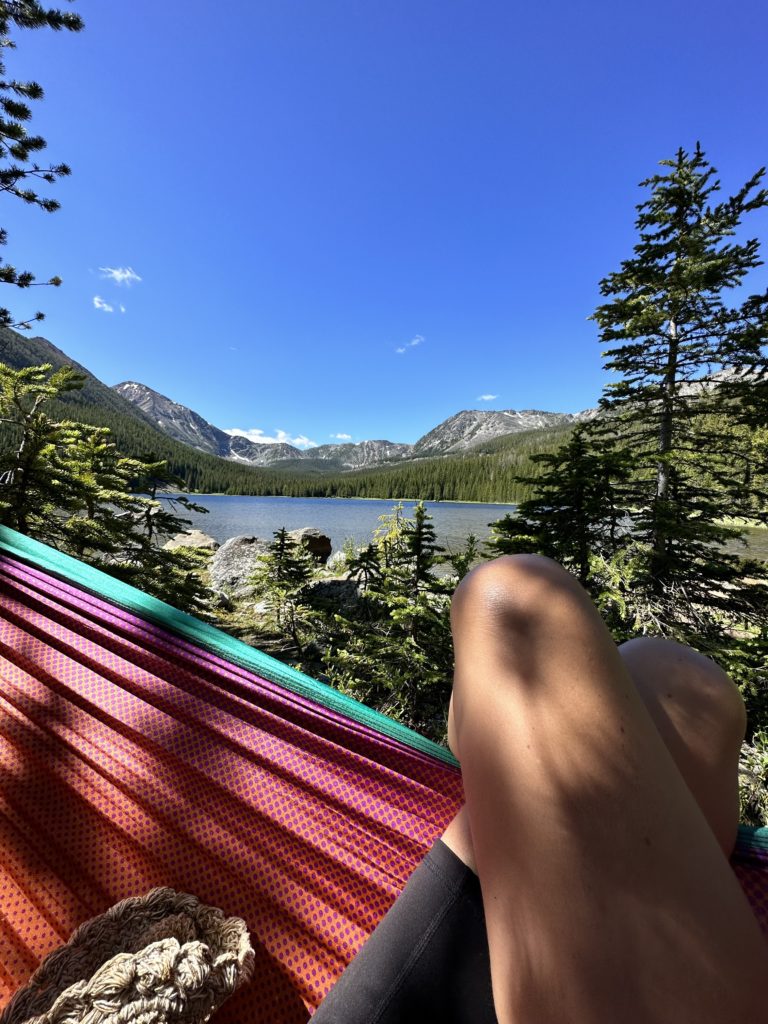
One thing for sure is that after finding your groove as a solo female hiker builds a sort of self confidence that can only be won by realizing how goddamn competent you are out in nature. The same is true for solo traveling in general.
Safety Tips for Hiking Alone
Regardless of the length of your hike, always carry the 10 essentials: navigation tools (map and compass), sun protection (sunscreen and a good hat), extra clothing, illumination (headlamp or flashlight), first aid kit, flint fire starter, a utility knife and repair tools, snacks (I’ve been really into these fig bars lately), water, and an emergency shelter.
Depending on your comfort level and the nature of your hike, you might want to carry personal safety items such as a whistle, pepper spray, or a knife. These can provide an added layer of security when hiking alone. A bear bell is pretty important too so that I don’t startle any wildlife and get myself in a scary situation.
When you’re out there embracing the wild, it’s essential to have a lifeline to the outside world. That’s where a hiking GPS or satellite communicator comes in handy. My personal favorite is the Garmin inReach Mini.
This little gadget is a powerhouse! It allows you to track your hikes, send messages when you’re out of cell service, and even alert rescue services in case of an emergency. It’s like having a personal safety net in your pocket.
I also tell my family which hikes I’m heading out to so that they can know precisely where I’ll be on my outdoor adventures, especially if it’s in a remote area. This is, again, why my inReach Mini is sooooo important, just in case my family can’t reach me. If I press the SOS button, my mom will be notified as well as an emergency rescue crew.
And honestly, I take this thing with me on dates too!
12 Solo Hiking Tips For Safety And Comfort
When it comes to hiking alone as a woman, safety is often the first concern that comes to mind. The question is not only whether it’s safe for female solo hikers or not, but also how you can make it safe.
Just a heads up, I rely heavily on AllTrails for all of this. I swear I don’t earn a commission from them, though the way I’m about to hype them up might make it seem that way. You’ll see.
Here are my solo hiking safety tips based on being a full-time solo hiker.
1. Get To Know The Trail
Before you set out on your solo hike, research the trail you plan to hike. Use resources like AllTrails.com to understand the difficulty level, terrain, and potential wildlife encounters. I use the paid version so that way I can download maps, including satellite and terrain. You can also track your hike, ensuring that you always know how to go back the way you came just in case you get off trail.
Another valuable part of having the AllTrails app is the comment section where other people hiking the trail can report on trail conditions. I’ve avoided a few snowed-out trails just by checking the conditions before I started hiking.

Commenters often mention other helpful things, like if there are any river crossings, whether or not it’s a well marked trail, and what kinds of wildlife they’ve seen.
Planning your hike also involves checking the weather forecast and preparing for sudden changes in temperature or precipitation. Bad weather can be life-or-death when you’re in the wild! I like the app Storm Radar, which I also pay for so that way I can see far in advance.
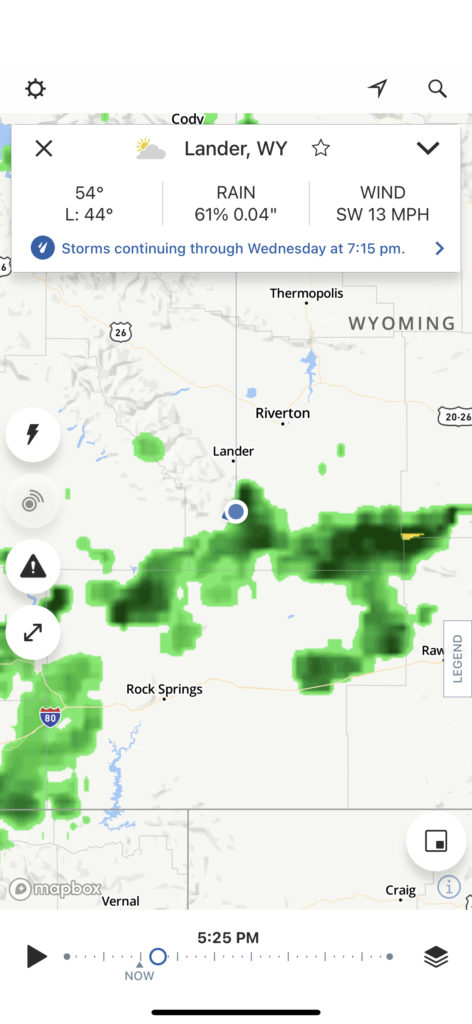
2. Understand Your Surroundings
Knowing what kind of animals you might encounter and how to react is another critical aspect of safe hiking. For instance, if you’re hiking in bear country, you should know how to use bear spray and carry it with you. I’ve been hiking alone as a woman in Montana, which is everything-country, so I bring bear spray and a bell with me no matter where I go.
I also understand that the high mountains have ever-changing weather throughout the day. So I often bring a warmer set of hiking clothes with me and a rain jacket for when the weather inevitably turns. This is my go-to warmer layer:
The same goes for the general vibe of other hikers on the trail. If you feel uncomfortable, then trust your gut and get yourself into a safe situation. (This is why carrying bear spray is always a good idea!) Most folks are super friendly and respectful, but women gotta always be ready for that one psycho 🙅
3. Stick To Trails
Sticking to well marked trails can significantly reduce the risk of getting lost. These trails are often well-maintained and have regular foot traffic, meaning you’re likely to encounter other hikers if you need help. Commenters on AllTrails will often mention clear trail markings, which I often prioritize for more popular trails. If I’m heading out to a remote trail, then I can prepare myself with GPS navigation and downloaded maps.
4. Start Small
If this is your first solo hike, then start with shorter, less challenging hikes. As you gain experience and confidence, you can gradually take on longer and more challenging trails. Once again, AllTrails is great for this because you can filter by difficulty level, and then see the elevation gain over the mileage to double check that “Moderate” means what you think it means.
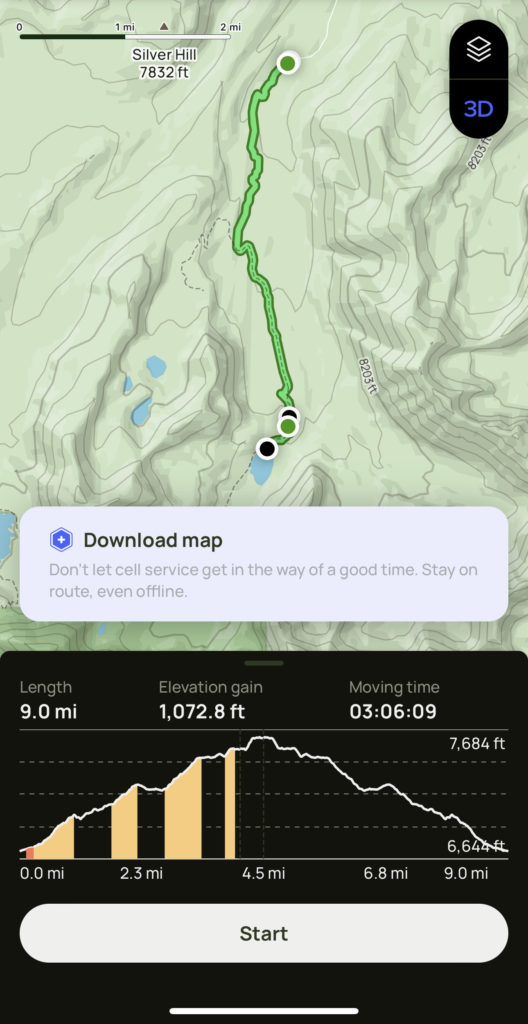
5. Pick Popular Trails
When planning your solo hiking adventure, choosing popular trails can be a strategic move. These trails are frequently traversed by other hikers, which means you’re less likely to be completely alone, providing a certain sense of security…. especially as a solo female hiker.
Plus, popular trails are generally well-maintained and clearly marked, significantly reducing the risk of getting lost.
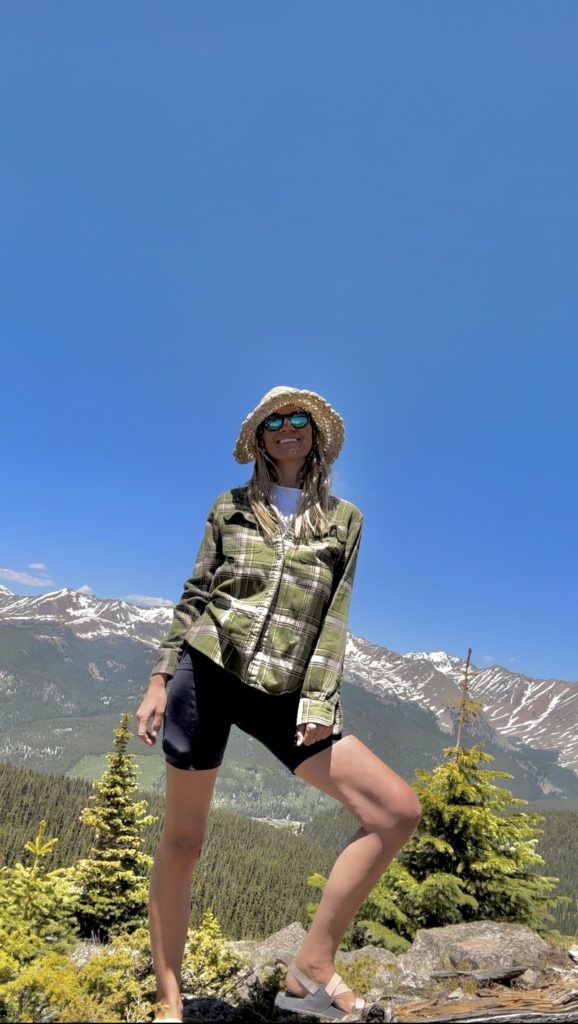
Popular trails, like those in national parks, often have regular patrols by park rangers or staff, and in case of an emergency, help is more likely to arrive quickly. These trails also tend to have more resources available, such as trail maps, signposts, and sometimes even amenities like restrooms or shelters.
Plus, being alone opens you up to meeting other solo hikers and making new friends on the trail, which is lots of fun too!
PRO TIP: Get around and see things off the beaten path on your trip. Book your affordable car rental here.
6. Learn Basic Safety Skills
If you’re heading out to a more remote trail or longer hike, then it’s especially important to be prepared for lots of little worst-case-scenarios.
One of the most critical skills to master is navigation. In an era where digital maps and GPS devices are at our fingertips, it’s easy to overlook the importance of traditional navigation skills. But technology can fail, batteries can die, and signals can be lost. Knowing how to read a topographic map (yes, an actual paper map) and use a compass is invaluable. Regularly practicing these skills can ensure they’re second nature when you need them most.
Another essential skill is understanding how to prevent and treat common hiking ailments, like blisters. Blisters can turn a pleasant hike into a painful ordeal quickly. Learning how to choose the right hiking footwear, use moleskin or blister plasters, and understanding when to take a break can make a significant difference in your hiking experience.
I like this lightweight emergency medical kit:
This is a really great tutorial on how to apply moleskin for a blister, in case you need a refresher (hey, I’ve had moleskin slip and slide around my blisters one too many times not to freshen up on this skill!).
It’d also be pretty helpful to learn some basic outdoor skills, like how to make shelter, make fire, and find water in a pinch. An outdoor survival course would be perfect (and fun!) for this.
7. Be Prepared and Equipped
Having enough food, staying warm, staying dry, and being able to have constant access to water are all imperative. Most of the time when people run into trouble, it’s because they’ve wandered from the trail, did not adequately prepare food-wise, got too cold, or ran out of water.
I always bring warmer leggings, a thick flannel (the one you see in allllll my pictures), my down jacket, a beanie, and thin gloves JUST IN CASE. Temperatures can drop quickly at high elevation and I’d rather have clothing with me than be stuck in a freezing hailstorm while hiking solo deep in the forest.
I also bring a massive CamelBak as well as a water filter. Like a fricking rookie, I ran out of water the other day while doing a mild 9 mile solo hike. I hadn’t expected to drink that much water and I didn’t bring my filter with me. It was a thirsty last two miles.
I also always brings lots of snacks, even though I rarely eat them on a hike (my stomach loses concentration when I’m hiking!). Even so, it’s helpful in case I end up on a much longer trail than I anticipated… like that one time I hiked what I thought was a 16 mile hike but was actually a 22 mile hike. I drank water from the river and ate through my entire bag of trail mix.
Now, I like carrying little fig bars or other snacks like that. They fill the stomach up quickly and are tasty anyway. I’m pretty over trail mix, but find what works for you!
8. Know Your Limits
A super important thing to always keep in check is your actual hiking abilities. Beginner hikers need to get to know your limits and don’t push yourself too hard. If a trail is too technical or challenging, it’s better to hike with a group or guide.
Consider things like elevation, mileage, and elevation gain. Technical trails may also be slightly out of reach when heading out for a solo hike. It’s better to explore your limits with a hiking buddy than far away from any other hikers at all.
This is even more important as you prepare for your first solo backpacking trip. Do not head out by yourself for a multi-day trip until you feel confident that you are absolutely prepared.
9. Get Ready For A Mind F*%k
Hiking, especially solo hiking trips, can be as much a mental challenge as a physical one. Being mentally prepared for the challenges you might face can make your hike safer and more enjoyable.
If you’re not in a good mental space, then the natural challenges that a solo hiking trip presents can be triggering. (Okay, just me??)
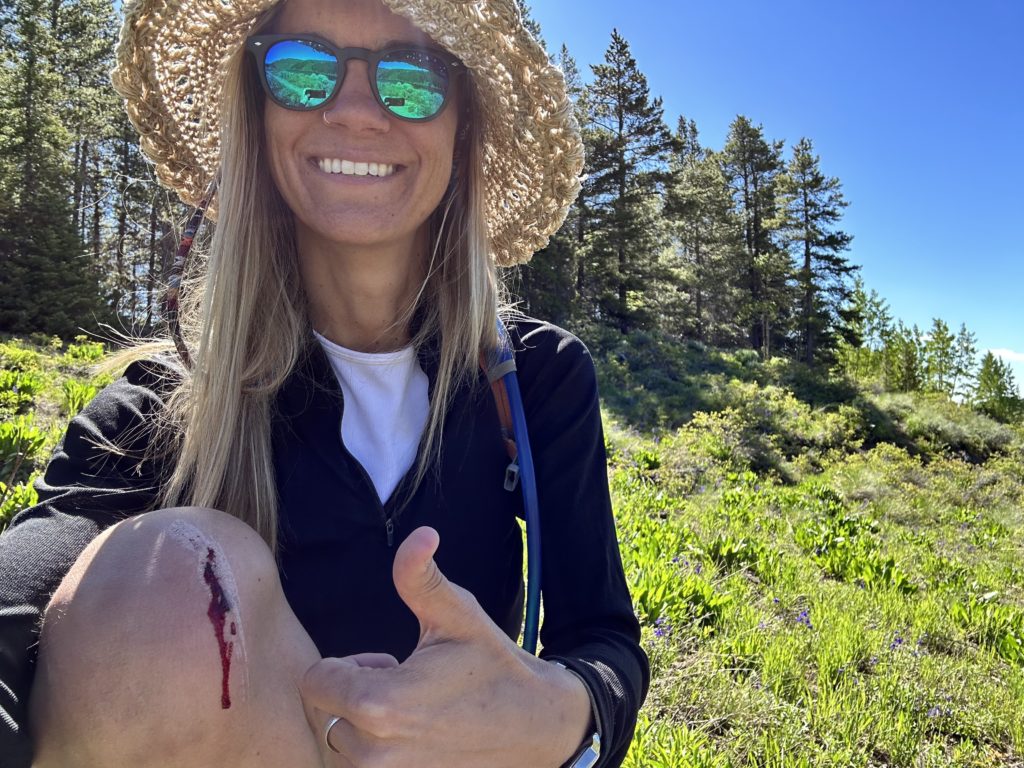
Honestly, I think this is exactly what every female solo hiker needs. Space and alone time to decompress from the pressures of the world. Many women are so busy being competent for everyone else in our lives that it can feel like my own voice is buried beneath the noise of it all. When I hike solo, I let Mother Nature hold me as I sort through it all.
Sometimes I cry, often times I laugh. I look like a lunatic, to be honest. This is how hiking solo has become an important part of my mental health. The mental clarity I feel afterward reminds me of a runner’s high. (So do the mental challenges, now that I think of it!)
10. Train for Your Trip
Even if you have hiked before, training for your solo trip is going to make a big difference in how enjoyable your solo hike is… oh, and also help prevent injury. My favorite way to train for solo hiking is to do more hiking 😛
If you’re not near mountains, then long walks can really help build endurance both physically and mentally. Try throwing you hiking backpack on when you go for walks to strengthen your “carrying” muscles while you walk.
If you’re looking for a serious training plan, then I recommend a combination of some kind of HIIT exercises, long walks, and a bendy yoga sequence each week to support your solo hiking.
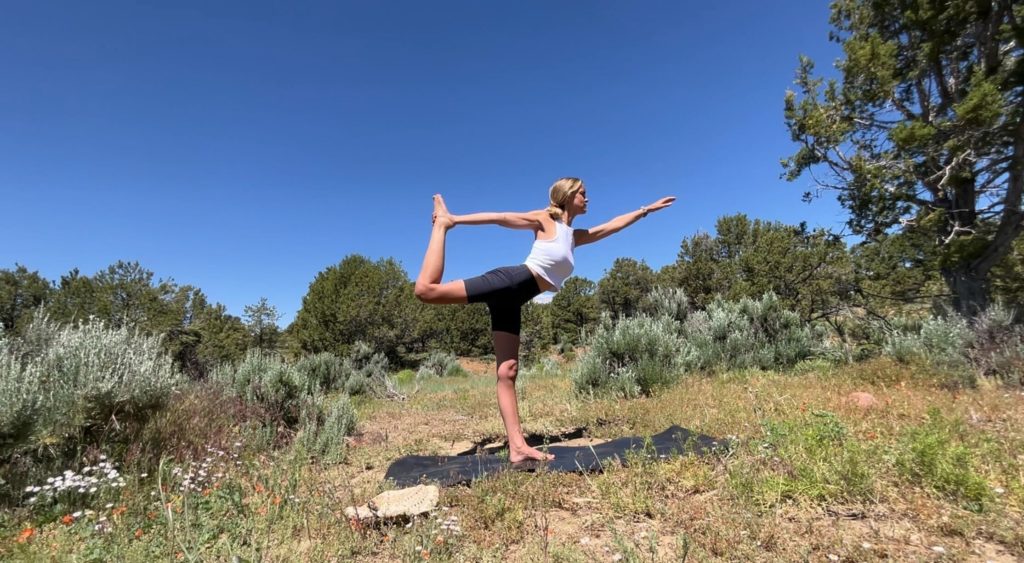
11. Pack The Solo Hiking Essentials
Having the right gear is soooooo important for a truly safe hike. This includes the 10 solo hiking essentials:
- navigation tools (map and compass)
- sun protection (sunscreen and a good hat)
- extra clothing
- illumination (headlamp or flashlight)
- first aid kit
- flint fire starter
- a utility knife and repair tools
- snacks (I’ve been really into these fig bars lately)
- water
- emergency shelter
In addition to these essentials, I also pack bear spray, bear bell, my Garmin inReach Mini, water filter, and a hammock 😉
If you’ll be camping alone, then read through my guide to camping essentials for women.
12. Minimize Your Weight
When you’re hiking solo, you’ll be carrying all your gear yourself, so minimize your weight as much as possible. This means packing only the essentials and choosing lightweight gear. That’s really all that needs to be said. If you overpack, then you probably won’t do it again.
13. Leave No Trace
Finally, the very last solo hiking tip is to not be an asshole. Always follow the Leave No Trace principles to minimize your impact on the environment. Say thanks to Mama Nature for holding a safe space for female hikers all over by preserving Her magnificence.
Common Questions
Still have a few questions before you start hiking alone as a woman? Fair enough. Here are the most common questions about solo hiking:
Is It Normal To Hike Alone?
Absolutely! Hiking alone is a common practice among many outdoor enthusiasts. It provides a unique opportunity to connect with nature on a personal level, and it can be a deeply rewarding experience. Hiking alone allows you to move at your own pace, choose your own path, and enjoy the solitude and tranquility that nature has to offer. It’s a chance to challenge yourself, build self-reliance, and gain confidence.
Is It Safe To Thru-Hike Alone?
Safety is a major concern when hiking alone, especially for long-distance or thru-hikes. However, with the right preparation, it can be done safely. It’s crucial to research your route thoroughly, understand the potential risks, and prepare for various scenarios. This includes understanding the local wildlife, weather conditions, and terrain. Carrying a spot beacon or satellite phone can be a lifesaver in case of emergencies. Always let someone know your plans before you set off and check-in regularly if possible.
Closing Thoughts
So what did you think of these solo hiking tips? Anything I missed? I’ll continue to update this post as I learn more on the trails. See you out there 😉

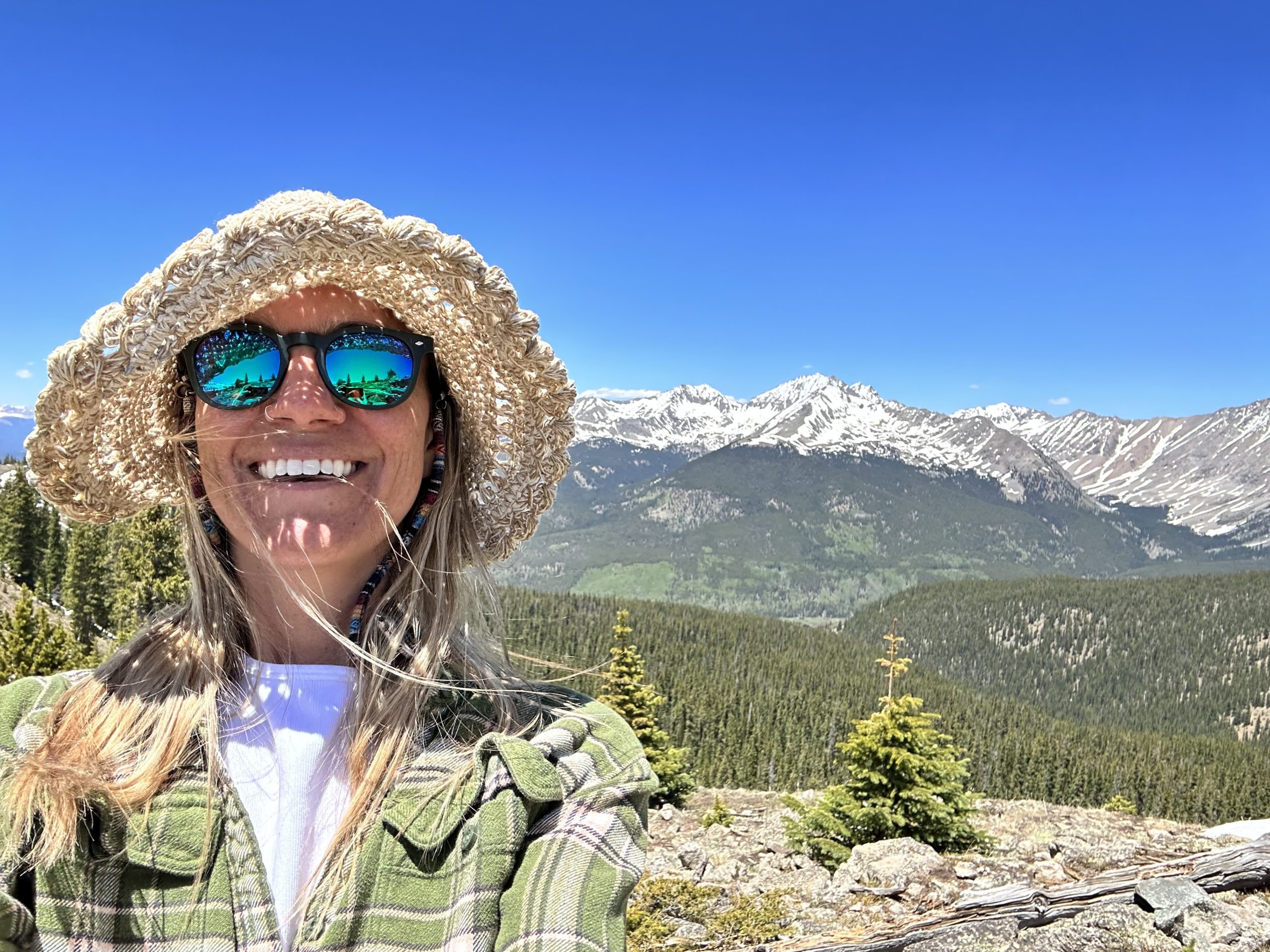
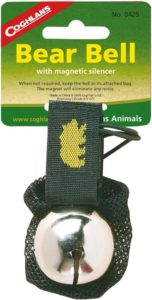
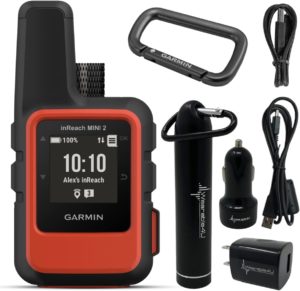
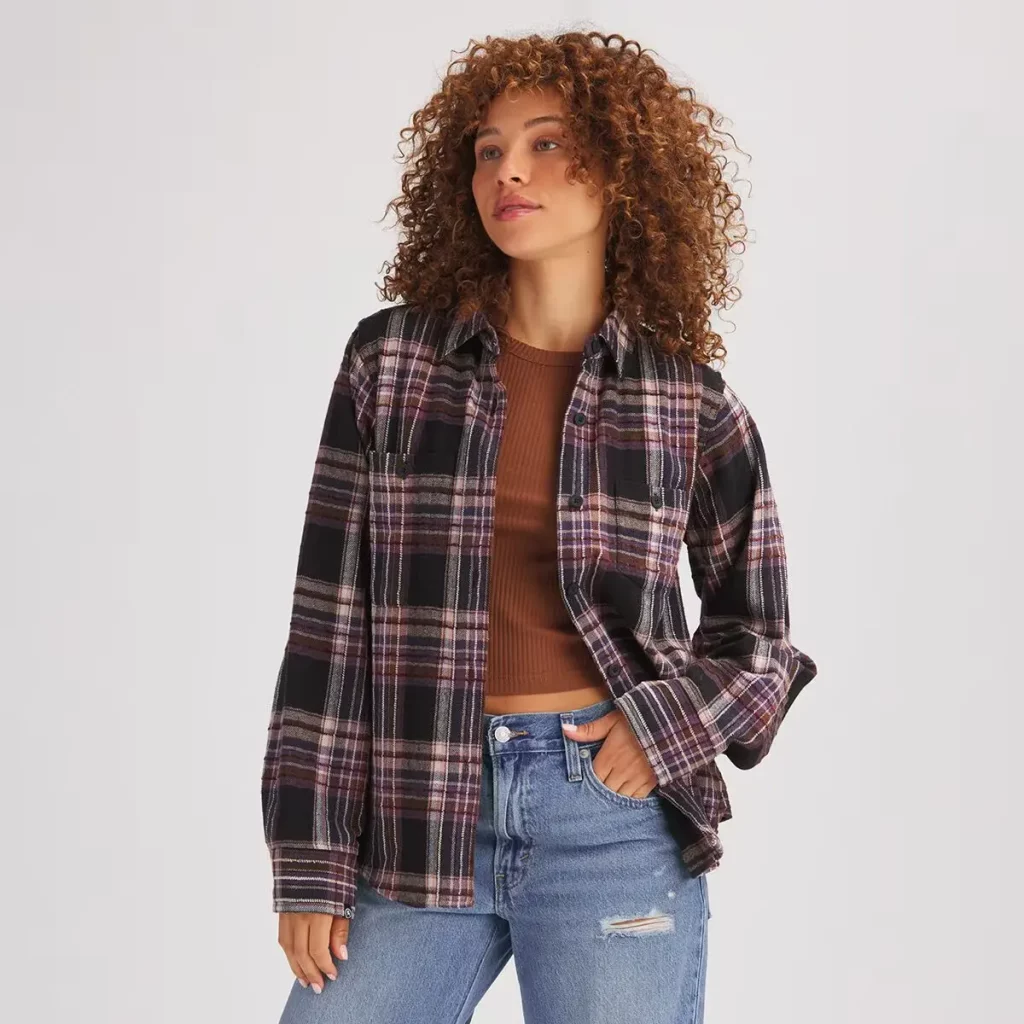
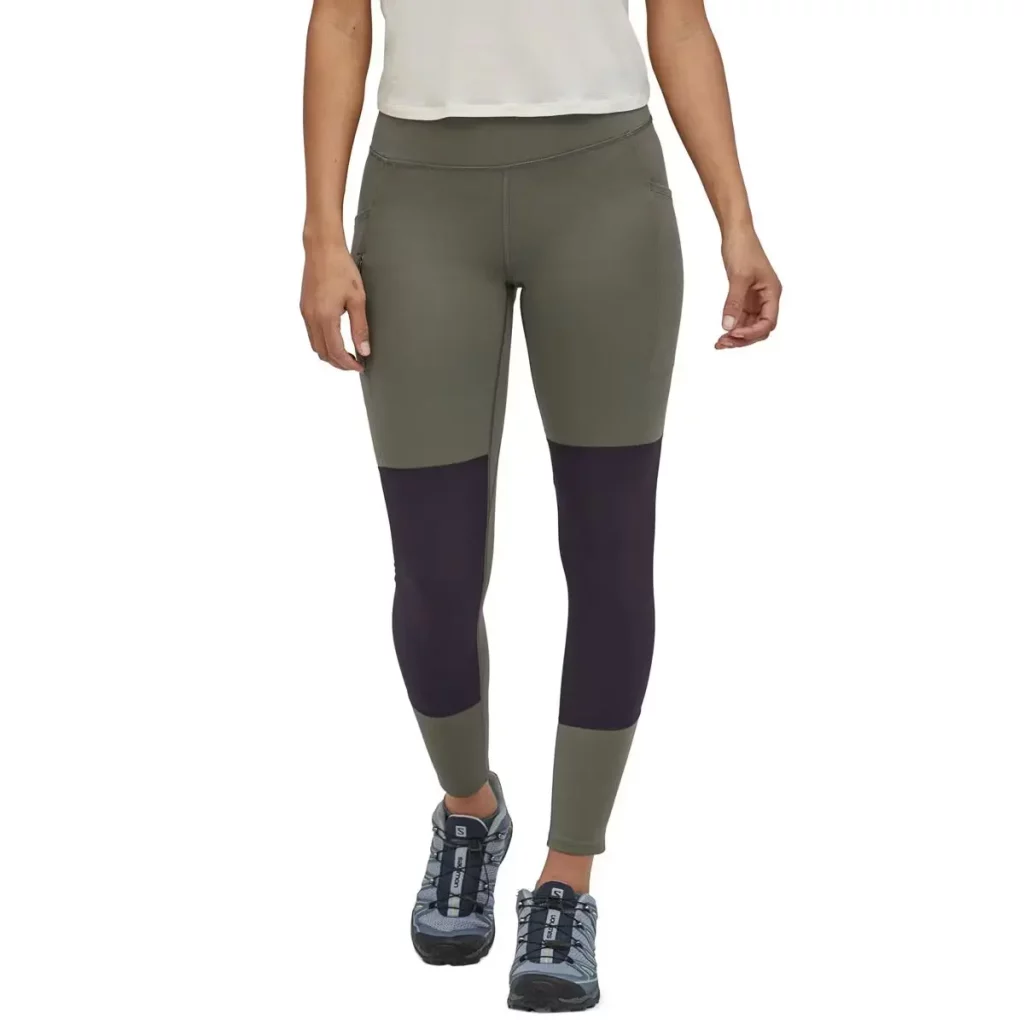
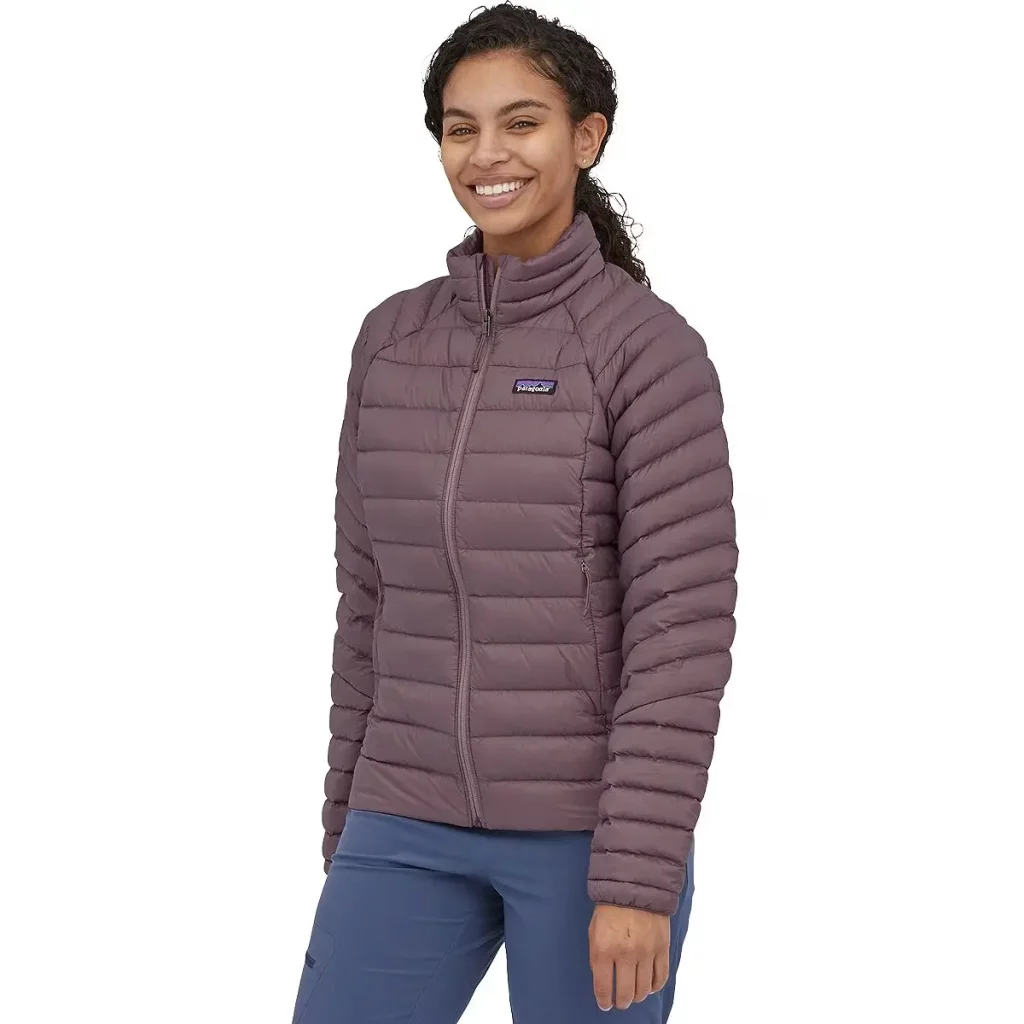

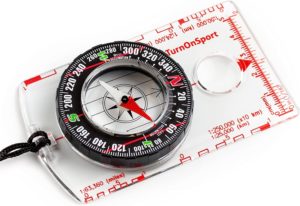
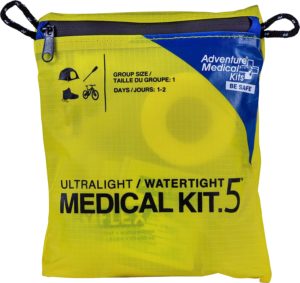
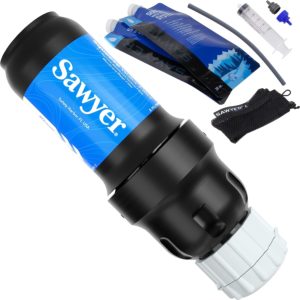
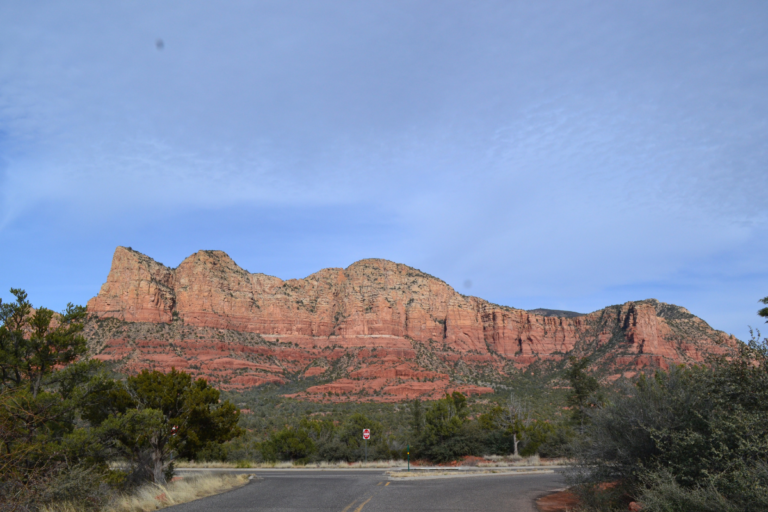

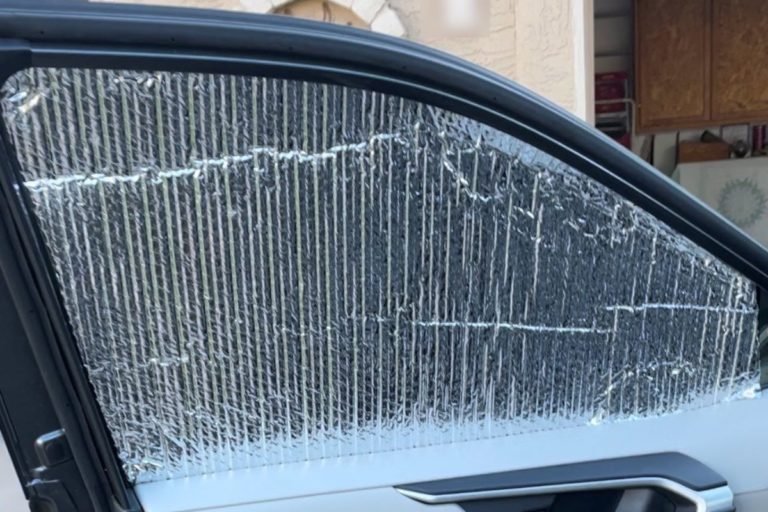
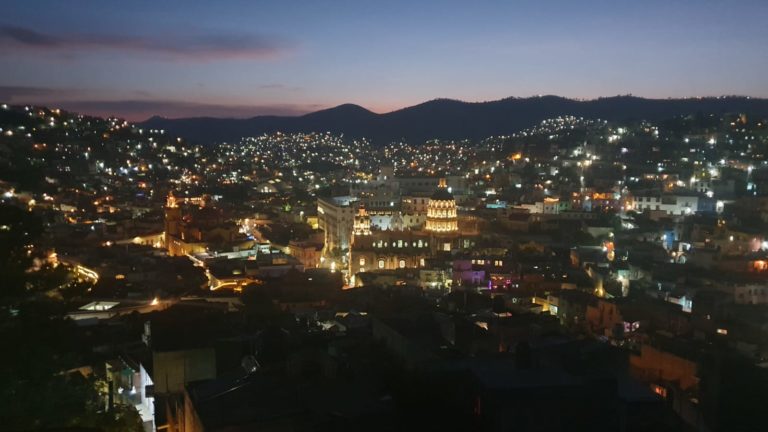
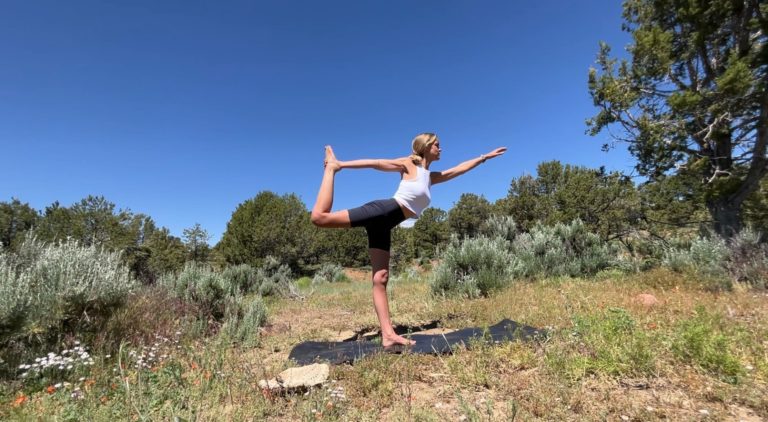
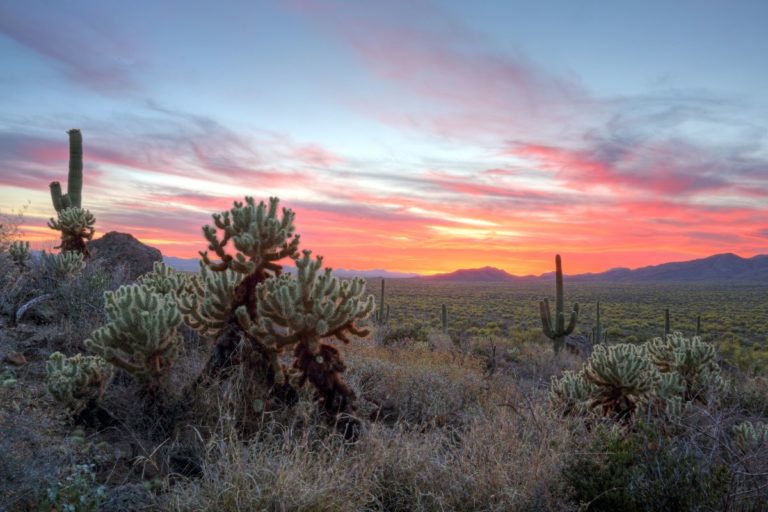
2 Comments